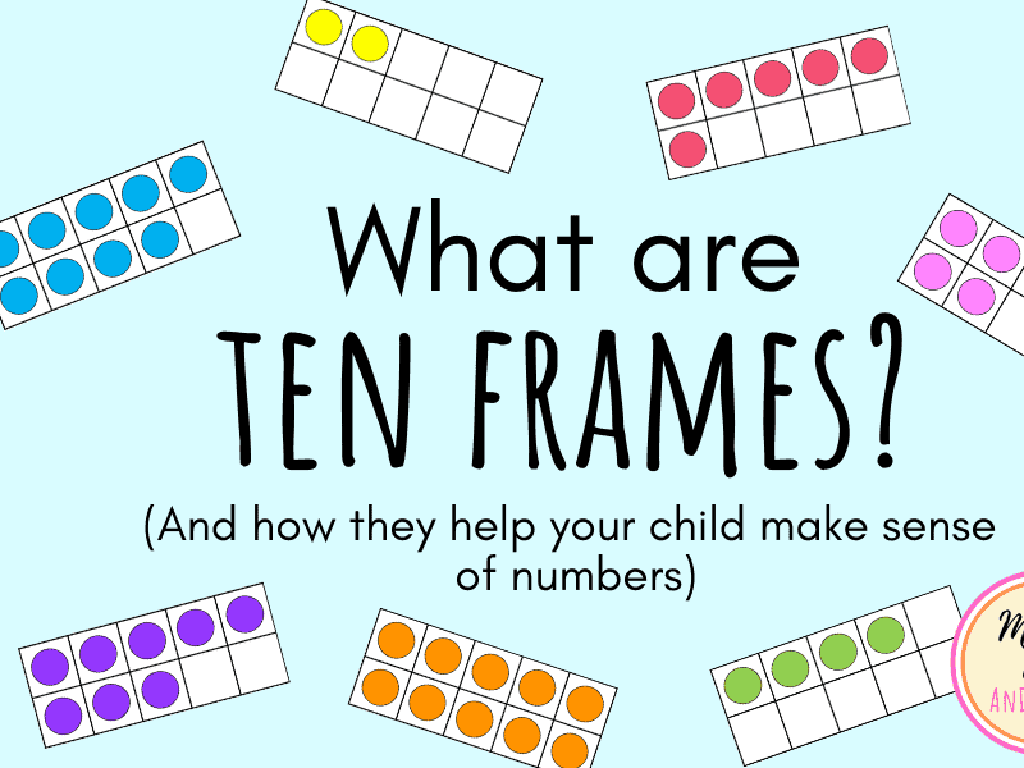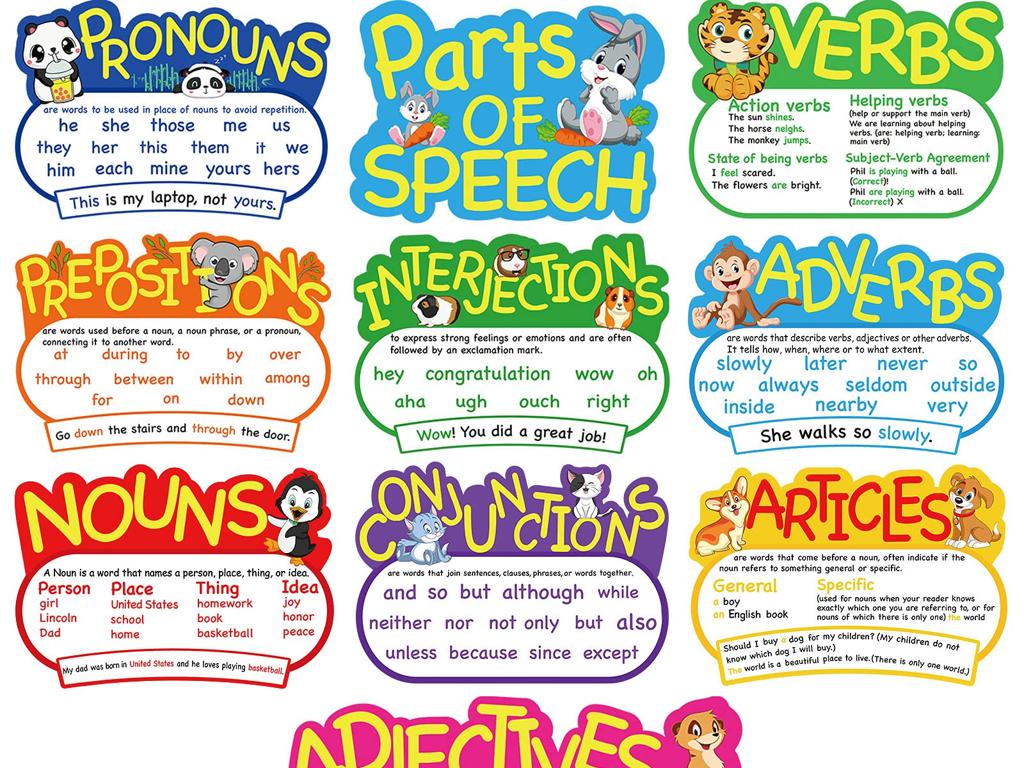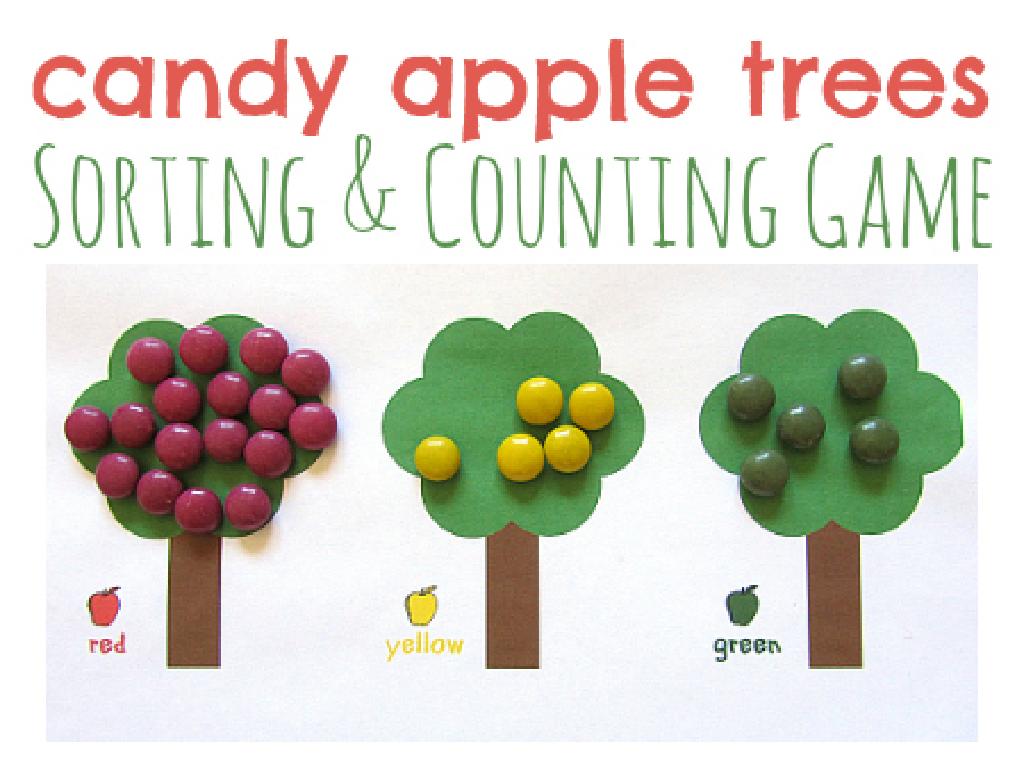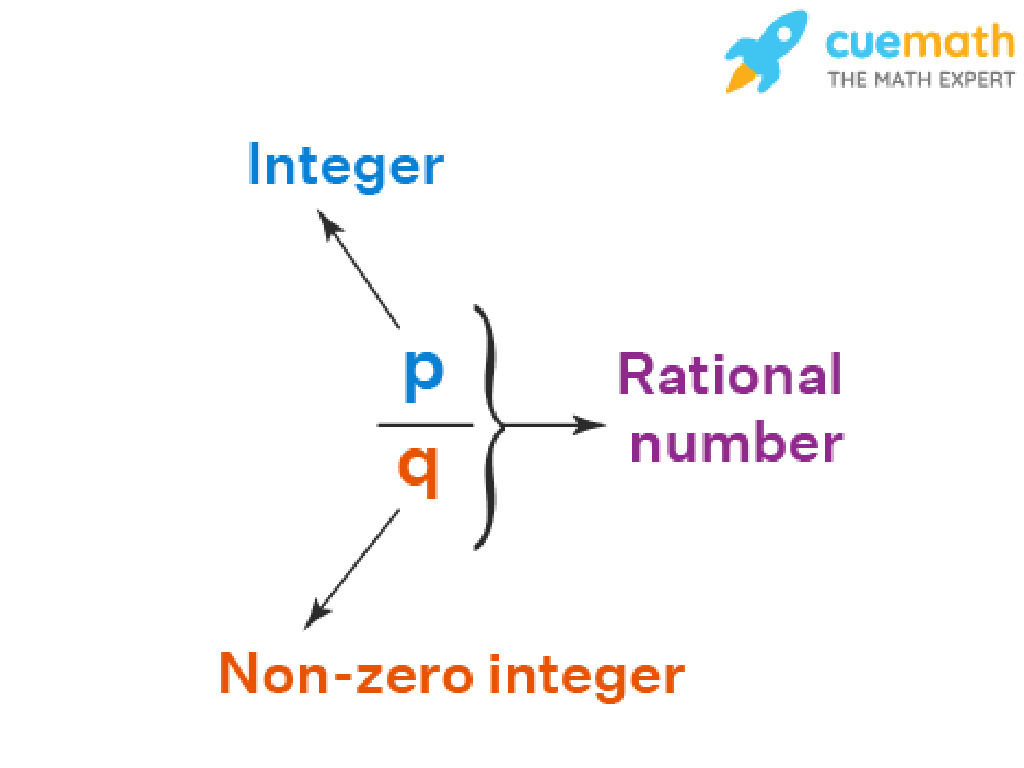Read Animal Life Cycle Diagrams
Subject: Science
Grade: First grade
Topic: Animals
Please LOG IN to download the presentation. Access is available to registered users only.
View More Content
Welcome to Animal Life Cycles!
– Today we learn how animals grow
– Stages from birth to adulthood
– Birth, growth, reproduction, and aging
– Different animals, different changes
– Frogs start as eggs, then tadpoles, then frogs
– Observing life cycle diagrams
– We’ll use diagrams to see each stage clearly
|
This slide introduces first graders to the concept of animal life cycles. It’s important to explain that all animals, including humans, go through different stages of life. Start with familiar examples, like butterflies or frogs, to illustrate the stages from birth, growth, to adulthood. Emphasize that not all animals follow the same pattern; for instance, some insects have very distinct stages, while mammals’ changes can be less dramatic. Use diagrams to visually represent the life cycle stages, which can help students better understand and remember the process. Encourage students to think about their own growth and how they have changed since they were babies.
Understanding Animal Life Cycles
– What is a life cycle?
– It’s how living things grow and change over time.
– Each animal has a unique cycle
– Like how butterflies and frogs have different stages.
– Life cycle stages
– Birth, growth, reproduction, and aging are common stages.
– Observing life cycle changes
|
This slide introduces the concept of a life cycle to first-grade students. Begin by explaining that a life cycle is the series of changes a living thing goes through from the beginning of its life until its death. Emphasize that every animal has its own unique life cycle, which can be fascinating to learn about. Illustrate the common stages with examples: birth (a baby animal is born), growth (the baby grows up), reproduction (the adult animal makes more babies), and aging (the animal gets older). Encourage students to think about what they see in their own lives, such as how pets or plants grow and change. This will help them connect the concept of life cycles to the world around them.
The Butterfly Life Cycle
– Mother butterfly lays eggs
– Eggs are tiny and found under leaves
– Caterpillars hatch and eat leaves
– They grow by eating lots of leaves
– Caterpillars form a chrysalis
– Inside the chrysalis, they change
– Butterflies emerge and lay eggs
– They start the life cycle once more
|
This slide introduces the concept of life cycles using the example of butterflies, which is both fascinating and visually appealing for first graders. Begin by explaining that a life cycle shows the stages an animal goes through from the beginning of its life to its adult form. Use the butterfly as an example to show these stages: from egg to caterpillar, then chrysalis, and finally to butterfly. Emphasize the transformation that occurs within the chrysalis, a process called metamorphosis. Encourage students to think about how the butterfly changes at each stage and why each stage is important for its survival. You can bring in a chart or a toy butterfly to make the learning more interactive.
The Frog Life Cycle
– Frogs start life as eggs in water
– Frogs lay lots of eggs called spawn
– Tadpoles hatch and swim around
– Baby frogs, called tadpoles, love swimming
– Tadpoles grow legs to become froglets
– Froglets have tiny legs and start to breathe air
– Froglets turn into adult frogs
– Adult frogs can hop out of the water and onto land
|
This slide introduces students to the life cycle of a frog, which is a classic example of metamorphosis in animals. Start by explaining that life begins in the water for frogs, with eggs that hatch into tadpoles. Emphasize the transformation tadpoles undergo, developing legs and lungs to adapt to life on land. As froglets, they are in a transition stage before becoming adult frogs. Use this opportunity to discuss the concept of habitat and how different stages of a frog’s life require different environments. Encourage students to think about other animals that go through similar changes. This will help them understand the concept of life cycles and the diversity of animal life.
Chicken Life Cycle
– Every chicken starts as an egg
– A chick grows inside the egg
– The chick gets ready to hatch for 21 days
– The egg hatches into a hatchling
– After hatching, it’s called a hatchling
– Hatchlings grow into adult chickens
– It takes a few months to become an adult
|
This slide introduces the life cycle of a chicken, which is a great example to help first graders understand the concept of life cycles in animals. Start by explaining that all chickens begin life as an egg, which is the first stage of their life cycle. Inside the egg, a chick develops over a period of about 21 days, which is the incubation period. Once the chick is ready, it hatches from the egg and is known as a hatchling. As a hatchling, it is small and has fluffy feathers. Over time, the hatchling will grow and change, eventually becoming an adult chicken with feathers strong enough for flight. Encourage the students to think about the changes they have seen in animals or even in themselves as they have grown.
Life Cycle Comparison
– Similarities in life cycles
– All animals are born, grow, reproduce, and die
– Differences in animal changes
– Some animals go through big changes, like caterpillars to butterflies
– Animals that just grow
– Some animals, like chickens, don’t change much but just get bigger
– Review of today’s life cycles
– Let’s remember the life cycles we explored today
|
This slide aims to help students compare and contrast the life cycles of different animals. Start by discussing the similarities that all life cycles share, such as birth, growth, reproduction, and death. Highlight how some animals undergo dramatic transformations during their life cycle, using the example of a caterpillar turning into a butterfly. Contrast this with animals like chickens, which do not change much except in size. Conclude by reviewing the life cycles discussed in class, reinforcing the concepts with visual aids like diagrams or pictures of each stage. Encourage the students to think about the life cycles of their favorite animals and how they might be similar or different.
Class Activity: Create Your Animal Life Cycle
– Choose an animal to study
– Draw the stages of its life cycle
– Include stages like birth, growth, reproduction, and adult
– Label each stage clearly
– Use words like ‘egg’, ‘larva’, ‘pupa’, ‘adult’ for insects
– Share your drawing with the class
|
This activity is designed to help first-grade students understand the concept of life cycles by relating it to animals. Teachers should provide guidance on how to choose an animal and encourage creativity in drawing the life cycle stages. It’s important to assist students in labeling each stage correctly, using simple terms they can understand. After completing the drawings, students should be given the opportunity to present their work to the class, fostering public speaking skills and peer learning. Possible animals to choose from include butterflies, frogs, or chickens, as they have distinct and easily understandable life cycles.






